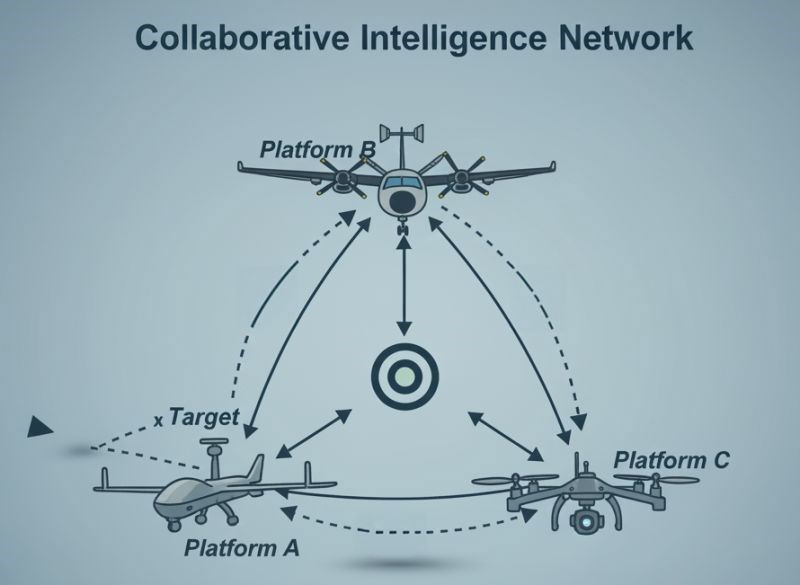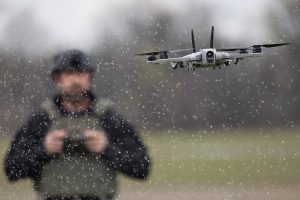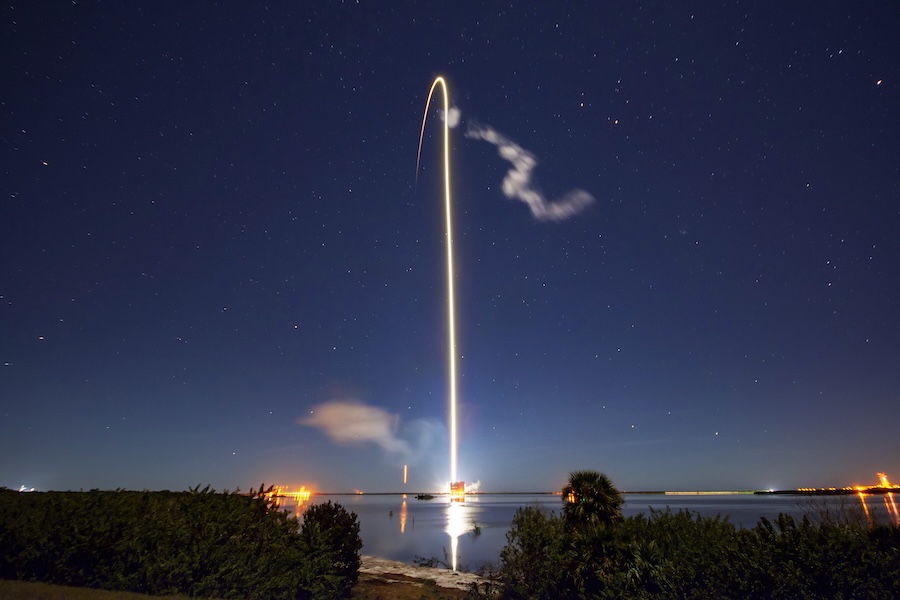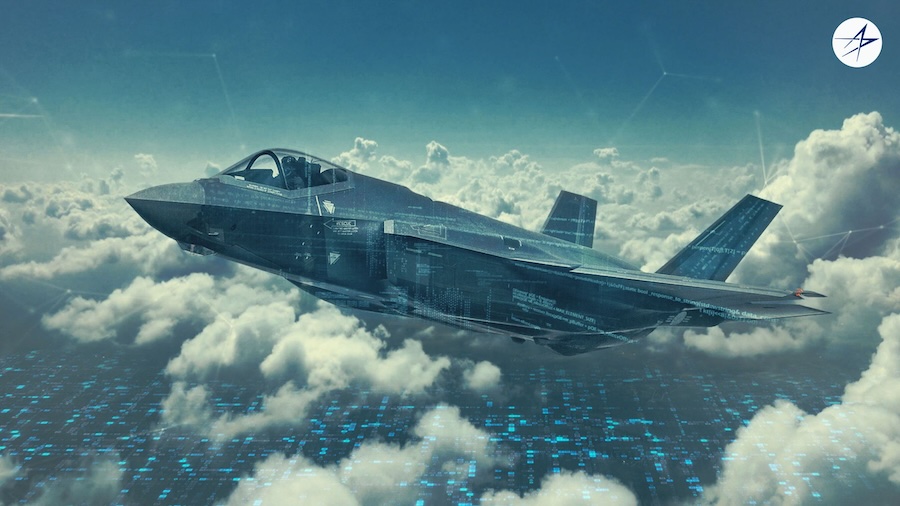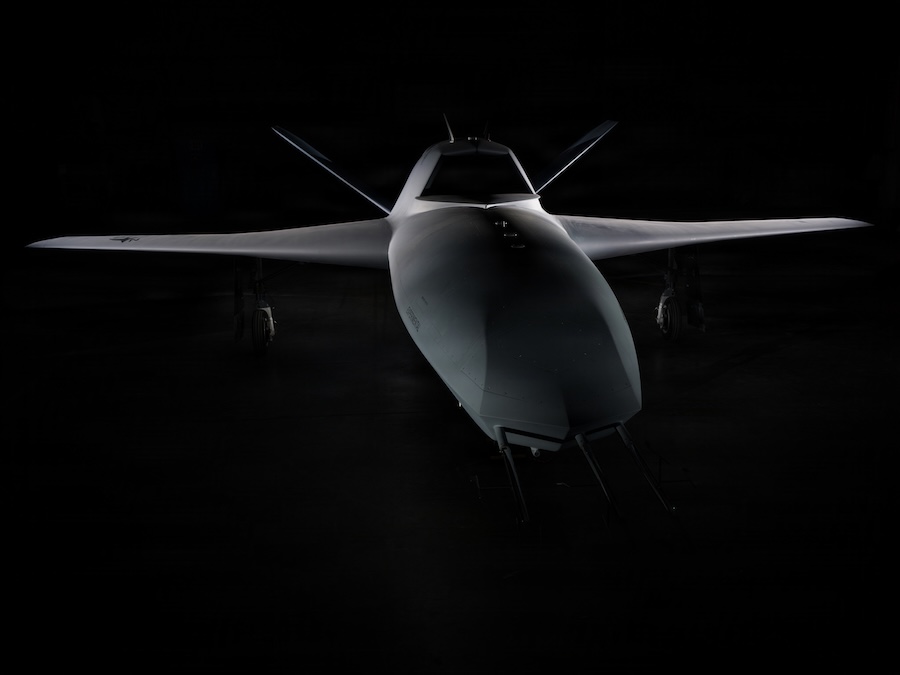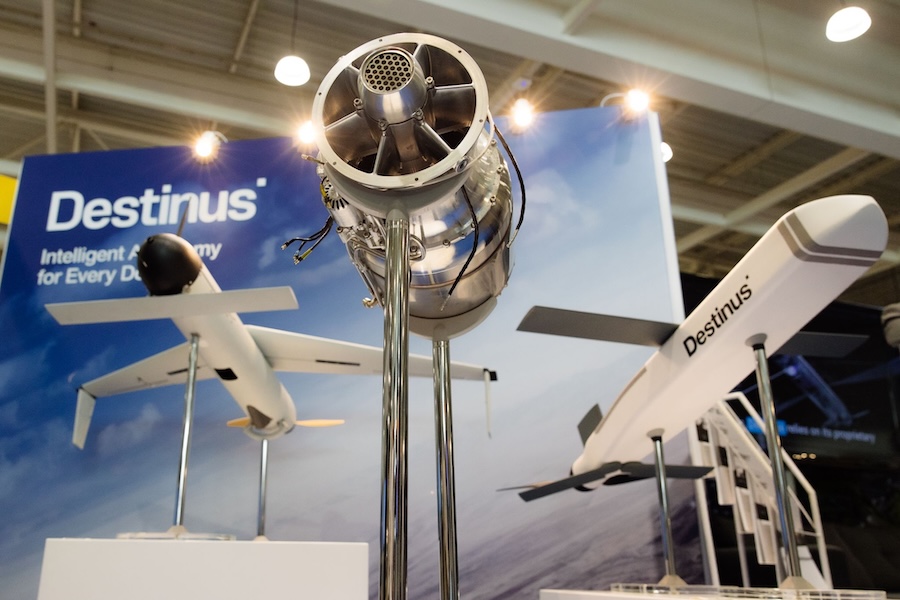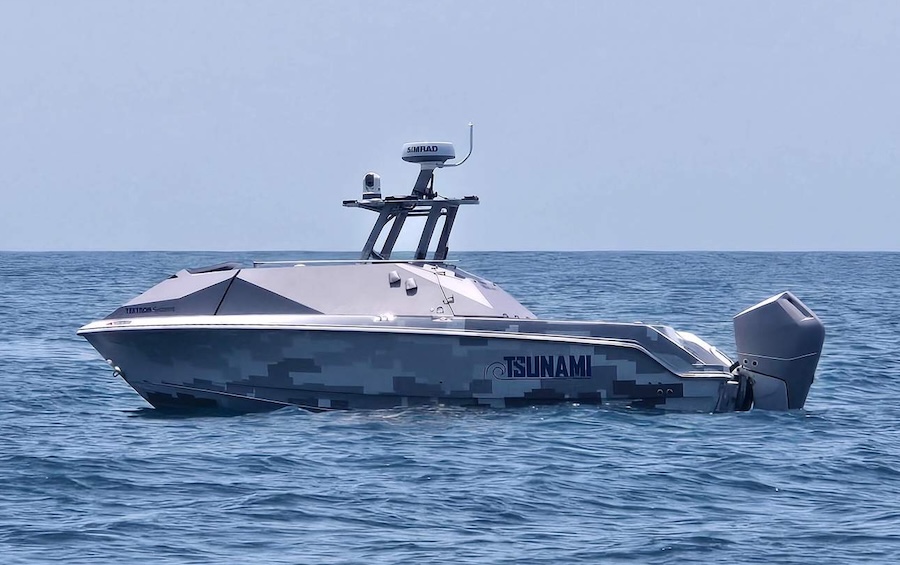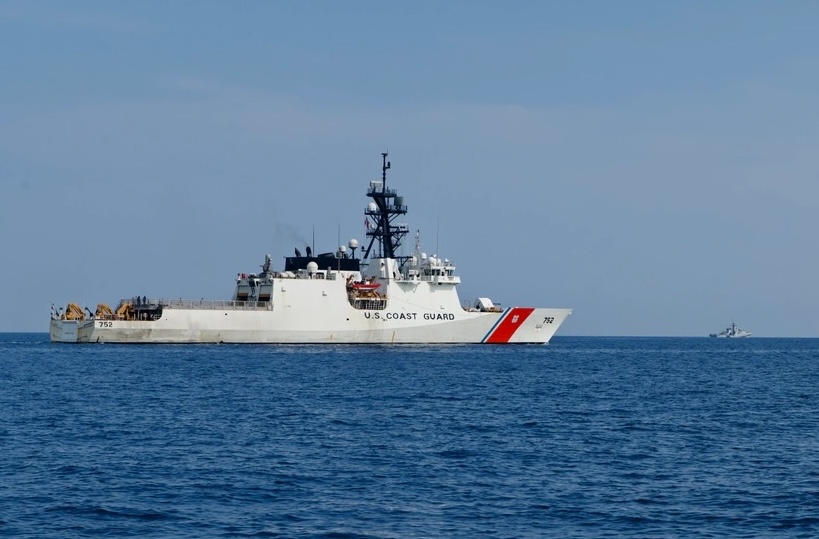The patented method allows diverse autonomous systems to collaborate by exchanging only essential data drawn from various sensors such as cameras, radar, and RF nodes. This feature-based communication supports continuous tasking and coordination through a closed-loop feedback mechanism that adapts in real time.
The system is designed for resilience in environments with limited or contested communications by focusing on compact and relevant information sharing. This enables distributed devices to maintain collective situational awareness and decision-making without depending on high-bandwidth links.
“U.S. Patent 12,452,957 B2 gives Palladyne AI ownership of the architectural framework that makes true real-world machine collaboration possible,” said Ben Wolff, President and CEO, Palladyne AI. “Our technology transforms distributed sensors and drones into a single intelligent system capable of observing, reasoning, and acting collectively in dynamic environments – in essence, this patent protects the brain and nervous system of machine collaboration.”
He added: “It not only helps execute our vision for embodied, biologically inspired AI and collaboration; it provides the legal and strategic foundation for Palladyne AI to be the technological nucleus for swarm autonomy across domains.”




